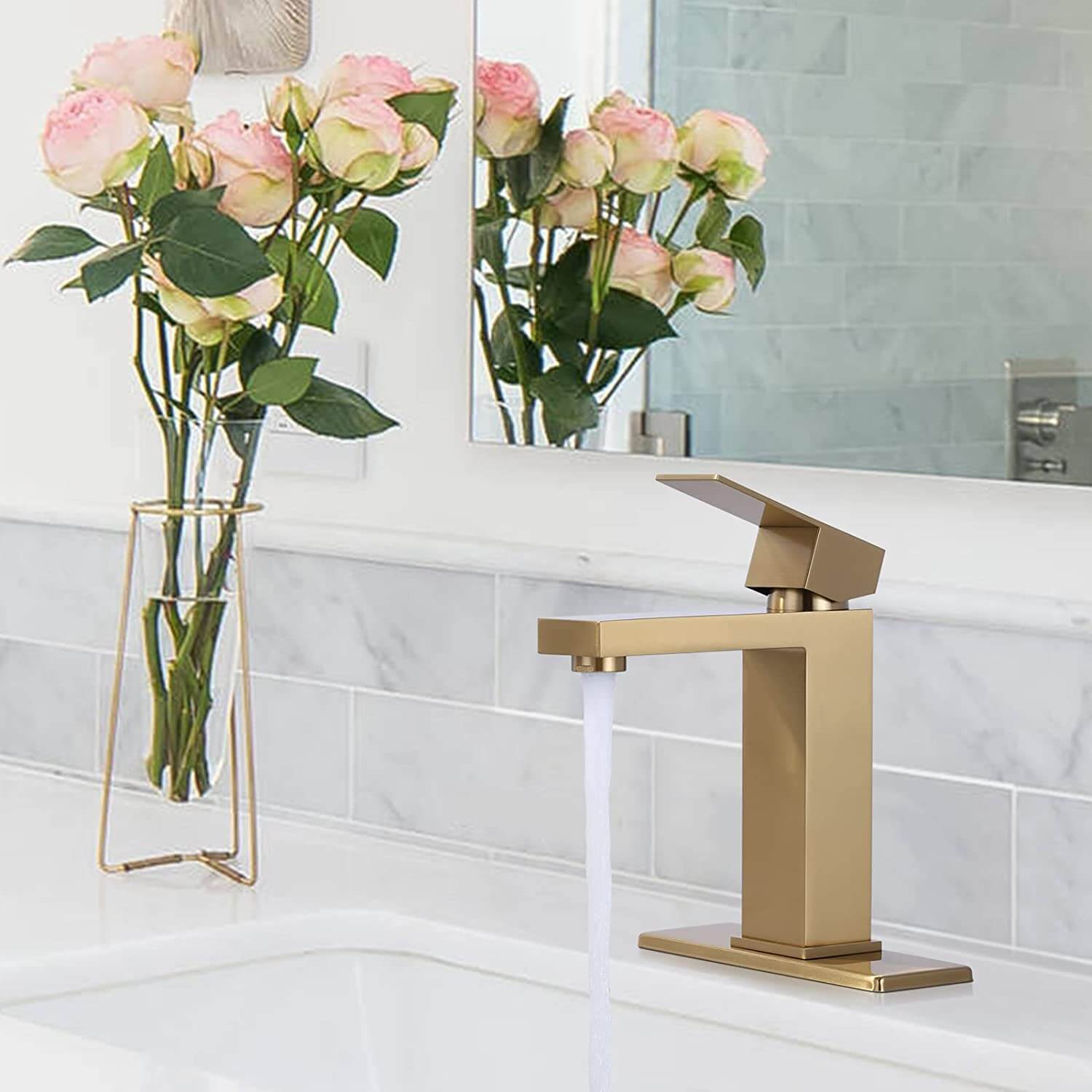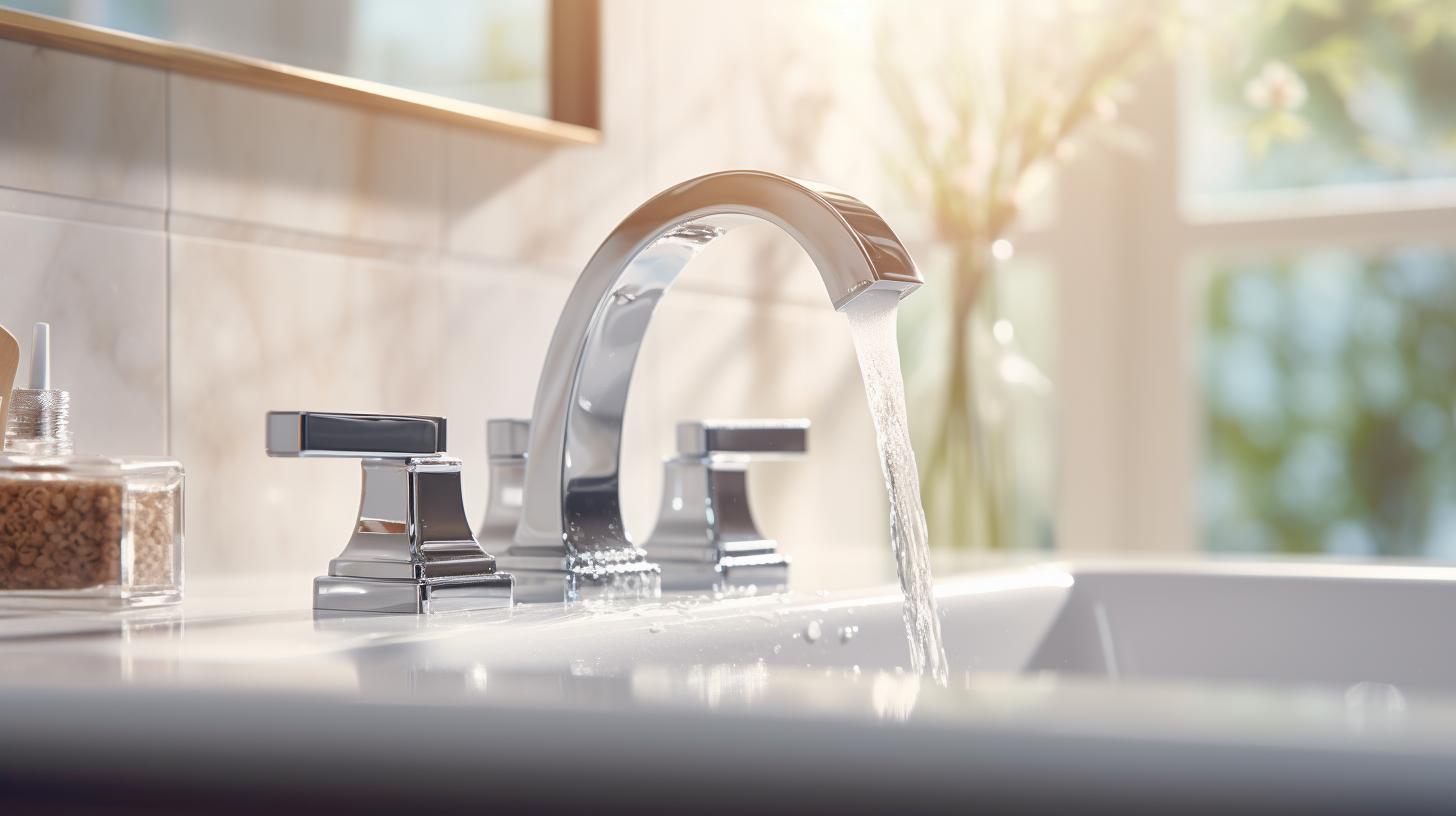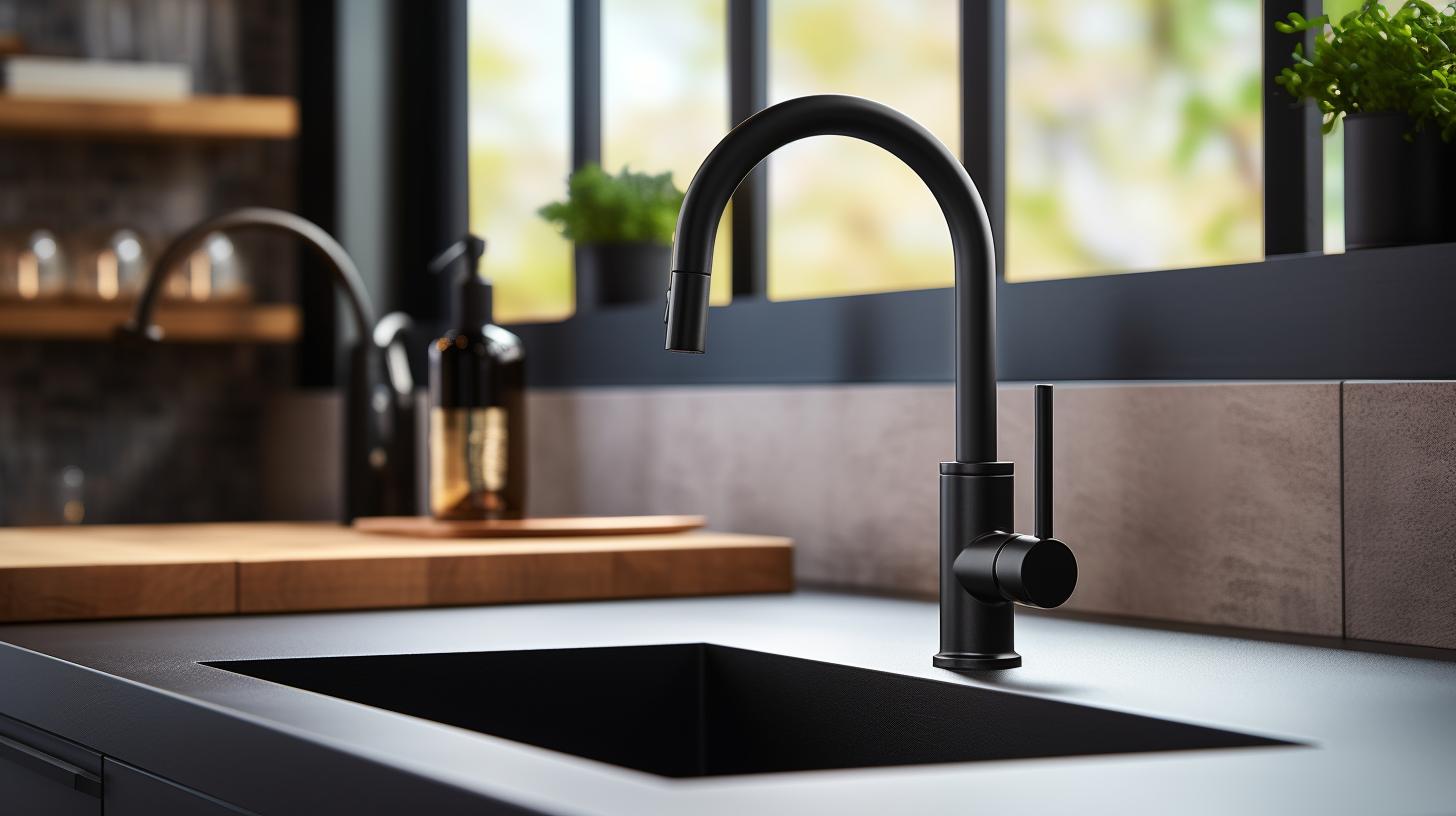
Faucets are an integral part of our daily lives, providing essential access to water for various household tasks. However, over time, faucets can fall victim to limescale buildup, a common issue caused by the accumulation of mineral deposits from hard water. This not only affects the faucet’s appearance but can also impact its functionality. In this comprehensive guide, we will explore effective methods to clean limescale from faucets, restoring their shine and ensuring optimal performance.
Understanding Limescale:
Limescale, also known as calcium carbonate, is a white, chalky residue that forms on faucets due to the presence of hard water. Hard water contains high levels of minerals, including calcium and magnesium, which can accumulate on surfaces and fixtures over time. Limescale buildup not only affects the aesthetics of faucets but can also lead to reduced water flow and potential damage if left unattended.
Materials Needed:
- White Vinegar: White vinegar is a versatile and effective natural cleaner that helps dissolve limescale deposits. Its acidic nature makes it a powerful solution for tackling mineral buildup.
- Lemon Juice: Lemon juice contains citric acid, which is effective in breaking down limescale. It also leaves a fresh and pleasant scent.
- Baking Soda: Baking soda is a gentle abrasive that aids in scrubbing away limescale without causing damage to the faucet’s finish.
- Soft Cloth or Sponge: A soft cloth or sponge is essential for scrubbing and wiping away limescale deposits without scratching the faucet surface.
- Toothbrush or Small Brush: A toothbrush or a small brush with soft bristles is useful for reaching intricate areas and crevices where limescale may accumulate.
Methods for Cleaning Limescale:
- Vinegar Soak:
- Begin by soaking a soft cloth or paper towel in white vinegar.
- Wrap the vinegar-soaked cloth around the affected areas of the faucet, ensuring that the limescale deposits are thoroughly covered.
- Allow the vinegar-soaked cloth to sit on the faucet for at least 30 minutes, allowing the acid to break down the limescale.
- After soaking, use a soft cloth or sponge to wipe away the dissolved limescale. Repeat the process if necessary.
- Lemon Juice Application:
- Squeeze fresh lemon juice onto the limescale deposits on the faucet.
- Allow the lemon juice to sit for approximately 15-20 minutes, allowing the citric acid to break down the mineral deposits.
- Use a soft cloth or sponge to gently scrub the faucet, removing the loosened limescale.
- Rinse the faucet thoroughly with water to remove any remaining residue.
- Baking Soda Paste:
- Create a paste by mixing baking soda with a small amount of water to achieve a thick, spreadable consistency.
- Apply the baking soda paste to the limescale-covered areas of the faucet.
- Allow the paste to sit for about 15-20 minutes, giving it time to react with the limescale.
- Gently scrub the faucet with a soft cloth, sponge, or a toothbrush, focusing on areas with stubborn deposits.
- Rinse the faucet thoroughly with water and wipe it dry.
- Combination Method:
- For particularly stubborn limescale, combine white vinegar and baking soda.
- Apply the vinegar directly to the limescale, followed by a sprinkling of baking soda.
- Allow the foaming reaction to occur, breaking down the mineral deposits.
- Scrub the faucet gently with a soft cloth or sponge, paying attention to intricate areas.
- Rinse the faucet thoroughly and dry it to prevent future buildup.
- Preventive Measures:
- Consider installing a water softener to reduce the hardness of your water, preventing limescale buildup in the future.
- Wipe down faucets regularly with a soft, damp cloth to prevent mineral deposits from accumulating.
Conclusion:
Maintaining clean and limescale-free faucets not only enhances the aesthetic appeal of your home but also ensures the longevity and optimal performance of your fixtures. By using common household items like white vinegar, lemon juice, and baking soda, you can effectively combat limescale buildup without resorting to harsh chemicals. Regular cleaning and preventive measures will help you keep your faucets sparkling and functional, providing a constant flow of clean, clear water for your daily needs.







